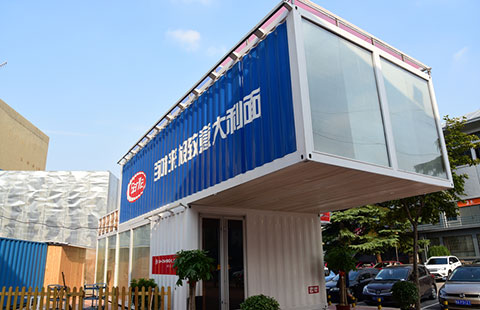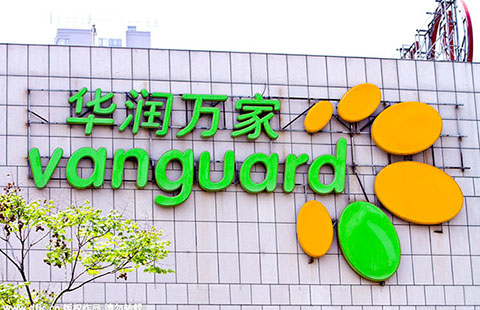Don't ignore positive signs of China's economy
(Xinhua) Updated: 2015-09-09 15:26BEIJING - Recent financial volatility has cast a shadow on the Chinese economy, but people need to view the bright side if they want to have the full picture.
Chinese officials never deny that the world's second largest economy is facing trouble, it is not easy to deliver an annual growth of around seven percent after three decades of rapid expansion.
It is true that China's traditional competitiveness is fading amid rising labor costs and tougher measures to protect the environment, but some western analysts have overstated the case.
They expect a hard landing or even a collapse of the Chinese economy, as the stock market rout and weaker yuan fuel such pessimism.
However, the G20 finance ministers and central bank governors, representing 85 percent of the global economy, reached consensus last week that there was no reason to fear slower Chinese growth.
These senior policymakers see a different picture from the pessimists because they paid enough attention to glimmering signs of improvement in the Chinese economy.
China's real estate sector continues warming this year, despite repeated stock market plunges since mid-June.
In August, prices for new homes in 100 Chinese cities rebounded after 10 months of slumps. Sales were also on the increase.
Property is of greater significance than stocks to economic growth and financial stability as real estate is one of China's pillar industries, widely used as collateral for bank loans.
In August, power generation rose to the highest level this year. Rail freight edged up. Steel production and prices began to grow following four months of decline.
China maintains momentum in commodity imports, refuting accusations that shrinking Chinese demand caused weaker commodity prices. In July, at least 21 different commodities reported China sales growth of more than 20 percent.
While manufacturing PMI in August fell below 50, the expansion-contraction line, sub-PMI for high-end manufacturing and consumer goods production came in at 52.2 and 54.6, indicating strong vitality.
Production of new energy vehicles, bullet trains, "smart" electronic devices, photovoltaic products reported robust growth, while polluting cement and plate glass dropped substantially.
Chinese cinemas are crowded with moviegoers, restaurants filled with customers and tourist attractions at home and abroad full of Chinese visitors.
Market intelligence provider BCA said overseas travel, cinema box office revenue and e-commerce in China are all seeing "explosive growth".
All these signs show the country is transforming with painstaking efforts from an investment-led economy to one based on high-end manufacturing, consumption and services.
China is the world's most populous country and the second largest economy. It is impossible for the oriental giant to sustain double-digit growth.
But its market potential is still huge and the country is far from high-level industrialization and urbanization.
Don't be fooled or frightened by overblown stories or biased analysis that say China is slipping into crisis. Instead, with positive signs emerging, the economy is becoming healthier and more sustainable.
- China in transition to gain more clout in global governance, tech-led growth: WEF chief
- Urbanization offers great opportunities, says CEO of Royal DSM
- Northeast China's Zhaunghe champions ecological development
- Oil demand to rise in China, says CTO of Saudi Aramco
- China will see more open economy, convertible yuan
- Sudan announces new partnership with China in oil, gas fields
- Uber driver faces fine after ditching passenger
- China's UnionPay to offer improved payment service in Singapore
- Chinese bank opens branch in Myanmar
- China still attractive to European firms: European Chamber
- China-made trains put into operation in Malaysia
- New Chinese online trade platform starts operations in Russia
- Robots sparkle at Summer Davos Forum in Dalian

















